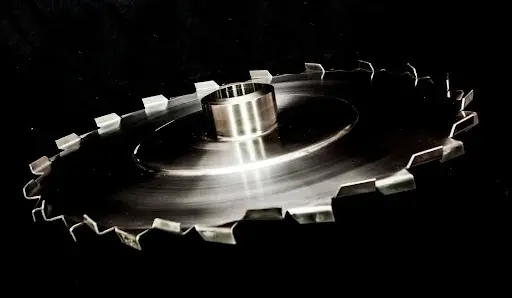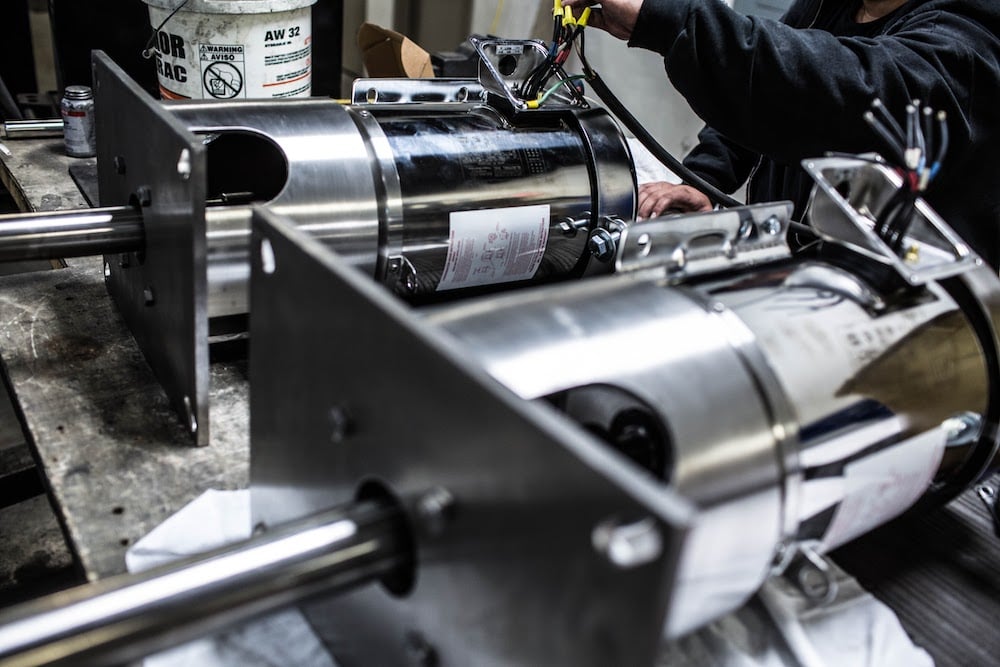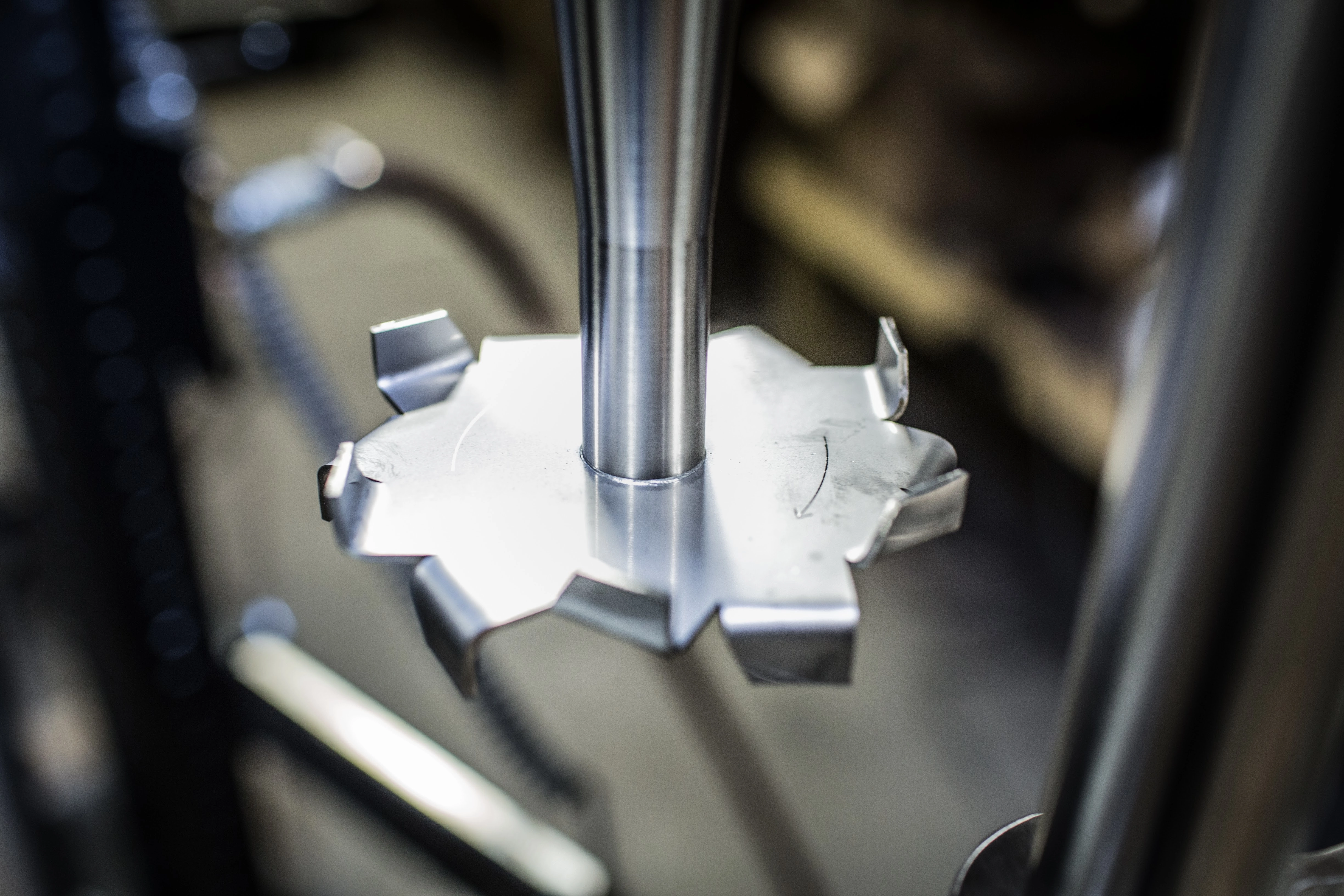A Complete Guide to High-Speed Dispersers: Your Ultimate Weapon for Industrial Mixing
Let's be honest: if you're in the industrial manufacturing game, you're not messing around with handheld mixers or those countertop blenders you see...
Portable mixers are a staple for liquid mixing and suspending solids in a host of different industries around the world. These workhorses can be highly efficient while offering exceptional mobility and the ability to transport from place to place.
The first key is having a proper grasp of agitation, specifically an understanding of how the fluid flow will be affected by the orientation of the mixer. Flow patterns determine how liquids are blended with one another, as well as how any solids are suspended into the liquid.
One of the primary goals of blending in general is to create or maintain uniformity during the mixing of miscible and/or non-miscible fluids. Adding powders into the mix can make the process more complicated. Some solid substances will simply dissolve in the liquid to form a solution, while others may need a dispersion and/or suspension. Solutions are more likely to form when the added particles are suspended from the bottom of the vessel.
Substances that dissolve can alter the mixing properties of the liquids, such as their viscosity. It is a frequent misconception in mixing that active motion on the surface of the fluid{s} is an indication of precise mixing. In fact, a strong vortex on the surface can be an indication of poor mixing. Inspecting what’s taking place on the surface can be helpful in the addition of powders; however; knowing what is happening beneath the surface is extremely important in producing an appropriate mixture.
Portable mixers are usually powered by motors in the range of ⅓-4 HP, and are often attached via light and heavy duty clamp mounts, drum lid mounted, bung mount mixers, as well as tote bracket mounts. The capabilities of a mixer are not just gauged by its motor’s horsepower alone. There are two main types of portable mixers- gear drive and direct drive. Gear driven mixers, that can be purchased on mixerdirect.com, run at a lower RPM and produce more torque, while the direct drive mixers run at much higher RPM’s and produce lower torque but higher speeds.
Another type, called variable speed drives, come standard with a VFD to control the RPM to reach the desired speed. A smaller mixer impeller operating at a higher speed will generate around the same mixing intensity as a larger impeller moving at a slower speed. The true difference lies in the amount of horsepower required.
For example, a ¼ HP gear drive mixer can create greater agitation intensity than a 1 HP direct drive mixer. This is due to the agitation intensity being linked more to the amount of torque applied rather than the amount of horsepower. Since torque corresponds to the power divided by the speed, an equal amount of power at a slower speed actually creates more agitation.
As for the impellers, these mixers use a marine-type propeller or a hydrofoil impeller. Both supply a strong axial flow, which is another key feature in properly positioning the mixer in the vessel. The hydrofoil has a multi pitched blade that creates more flow with a lesser power draw.
Determining the optimal position for the mixer in the vessel can be the difference between success and failure. If it isn’t placed at the correct angle, the contents of the tank might not be mixed correctly. As mentioned before, the presence of a strong vortex can be a warning that the mixture isn’t forming properly.
The particular position of a mixer in a tank will vary from application to application, but it is important to evaluate the possibilities and find the best possible placement based on the requirements of the task. Our staff of sales engineers can assist you in deciding what is the best mounting and placement for your mixer.
Mixer Direct boasts a diverse product line of portable mixers like the ones discussed above. With expertise in process engineering and design, the engineers and sales staff at Mixer Direct are capable of working with clients to help them discover the best possible solution for their process. Portable systems are just one of many types of mixers available from Mixer Direct, and a wide selection of accessories to further enhance the performance of the mixer. Mixer Direct strives to provide their expertise and insight in order to outfit a client with precisely what they wanted for their process.
Sources:
https://www.chemicalprocessing.com/articles/2007/040/?show=all

Let's be honest: if you're in the industrial manufacturing game, you're not messing around with handheld mixers or those countertop blenders you see...

As you start looking at all your options for industrial mixers, you could run into some terminology that may be unfamiliar. Or, in some cases, you...

Essentially all industrial mixing has one goal -- creating consistent, thoroughly blended products. However, all mixers aren't created equal, so in...